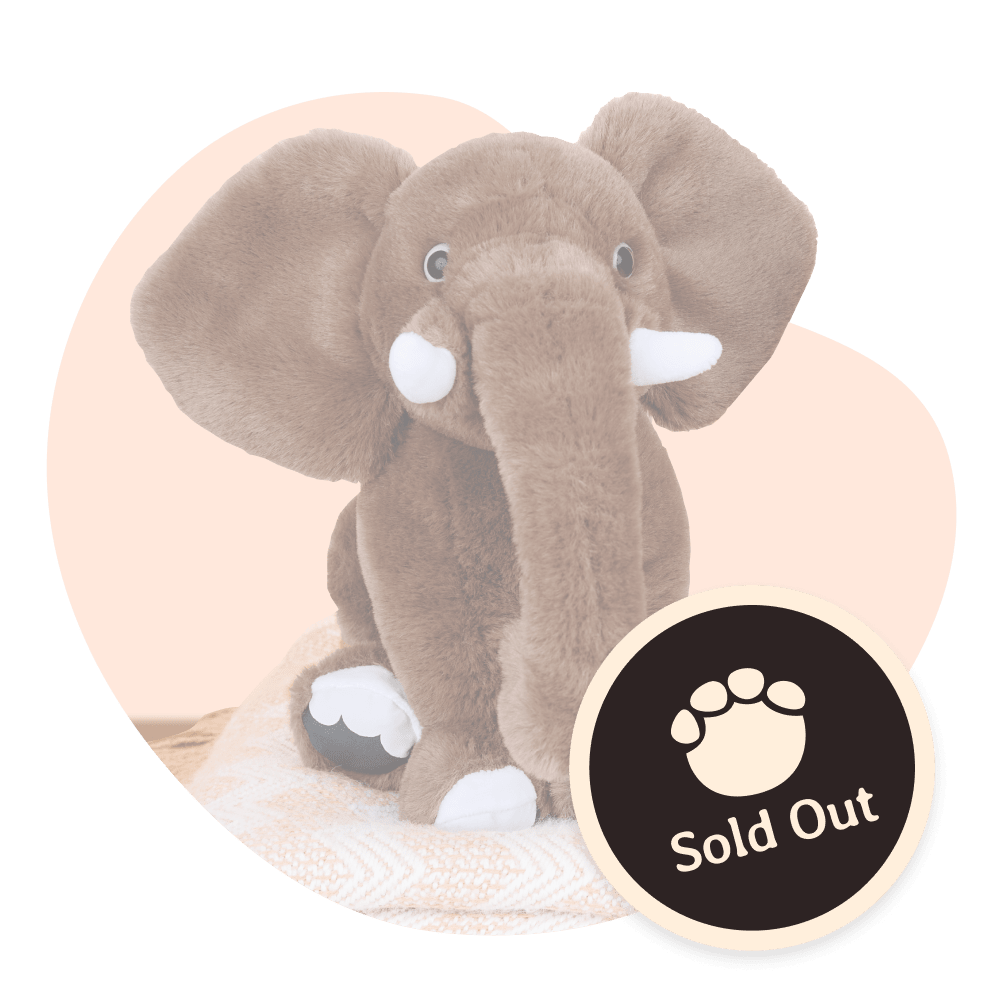
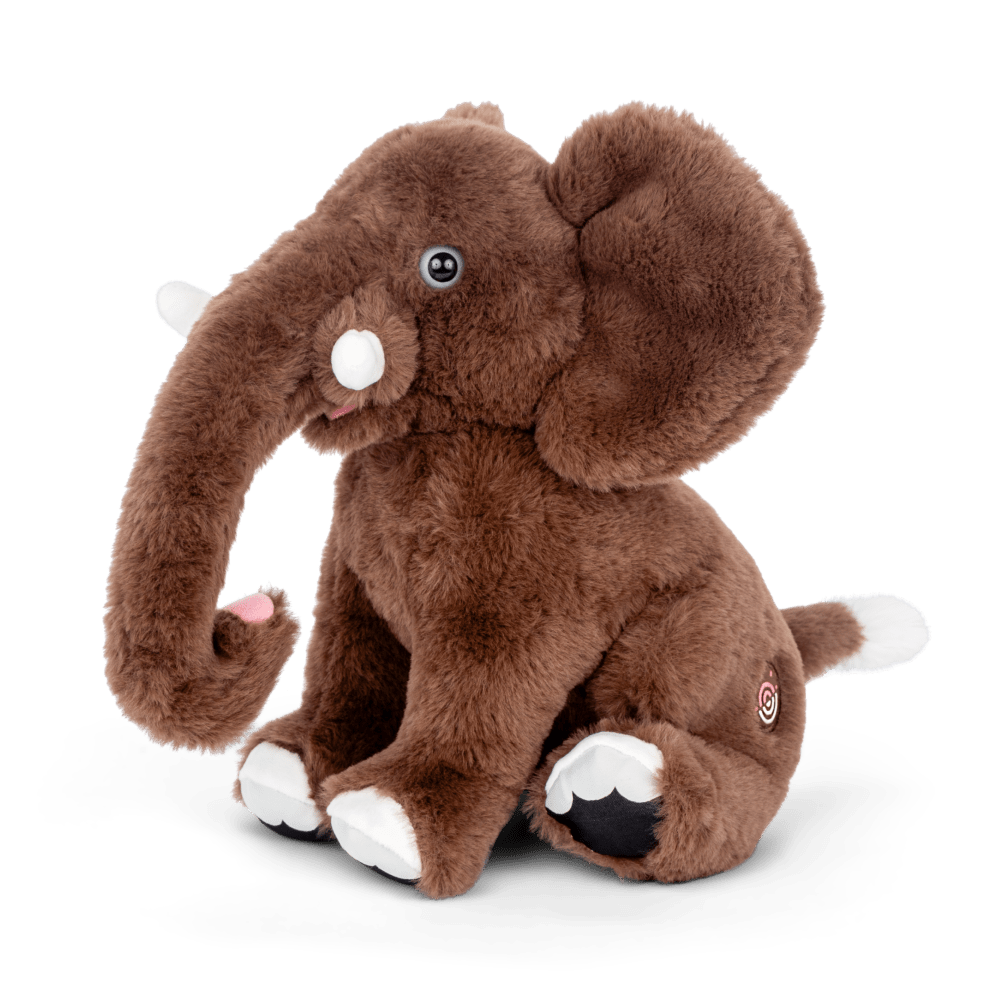
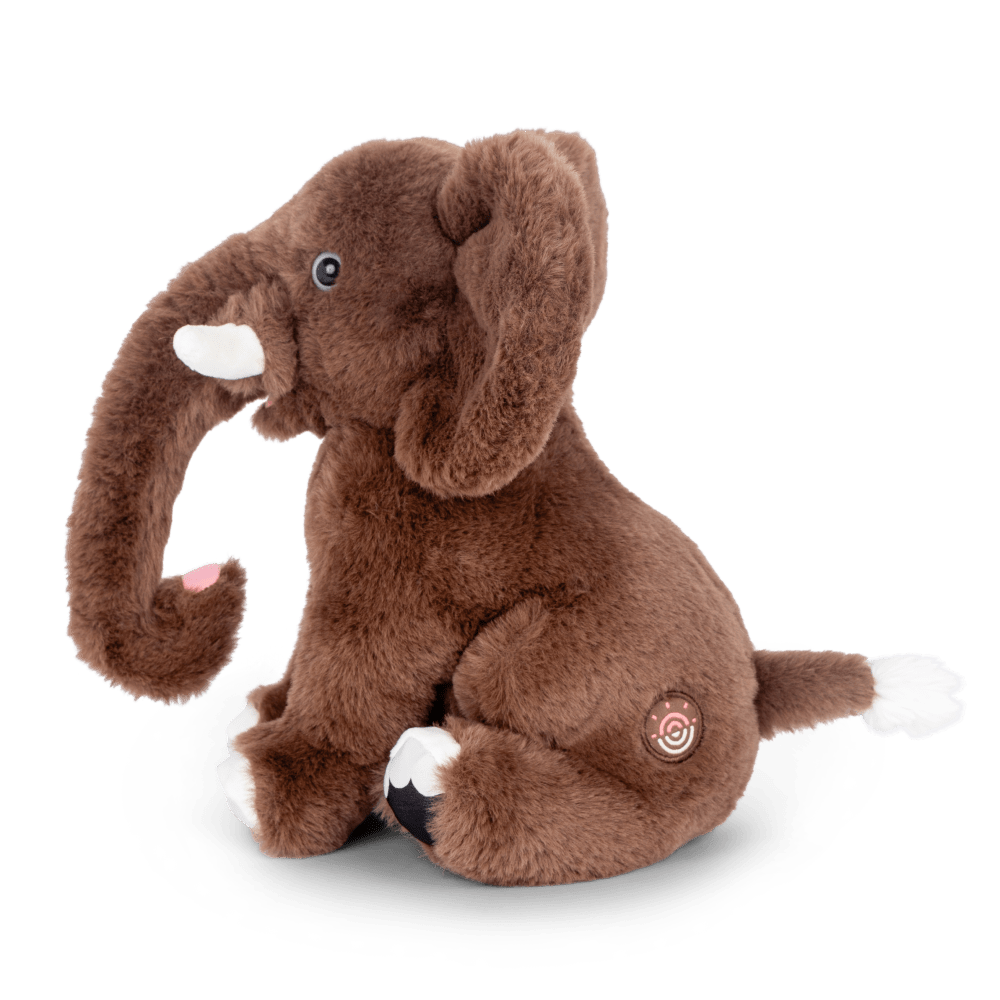
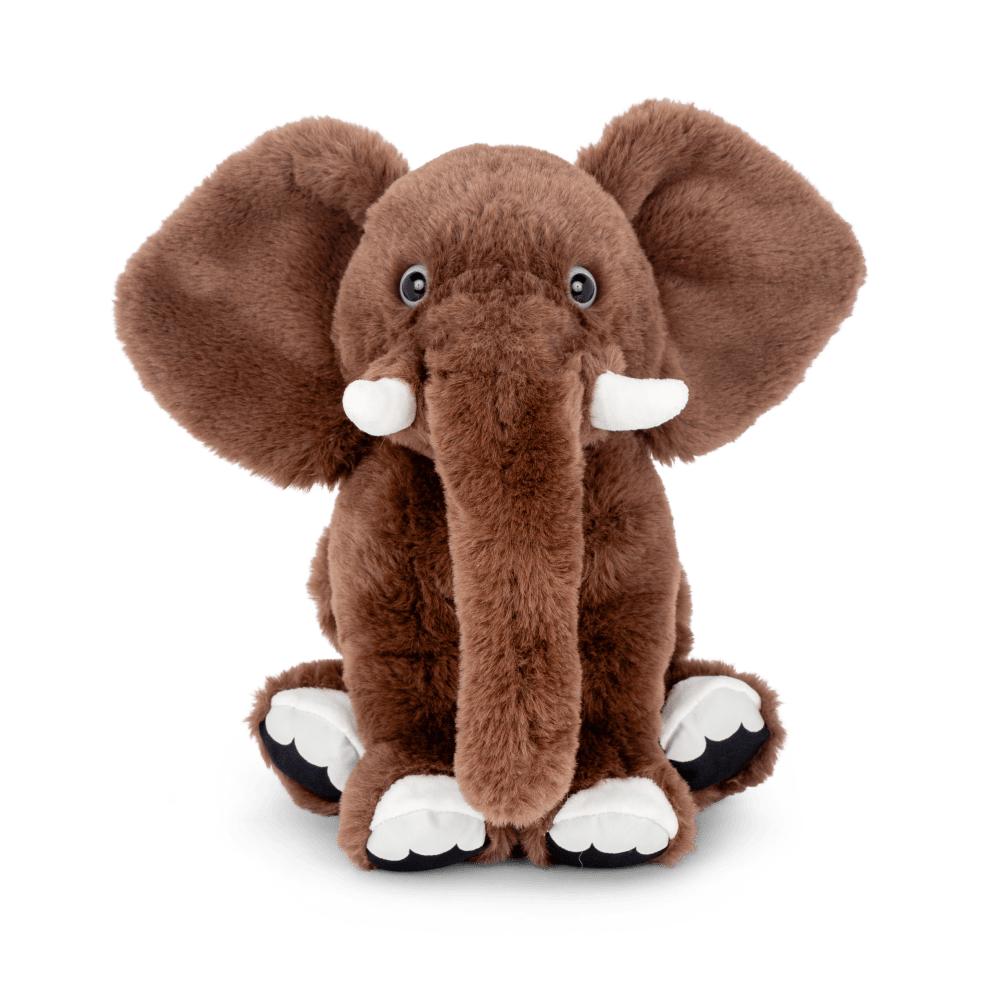
Every plush tracks
a real elephant
Every plush tracks
a real elephant

Reveal your elephant’s name and photo

Read their incredible story
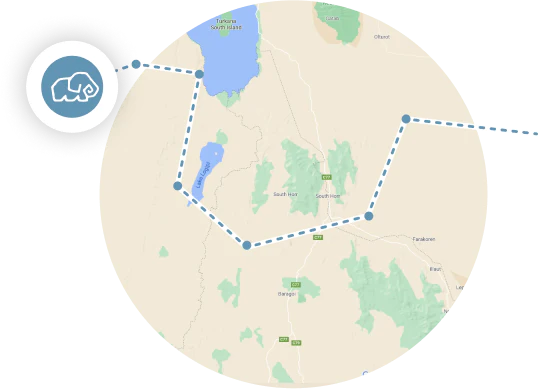
Follow their expedition on an interactive tracking map

In partnership with Save The Elephants
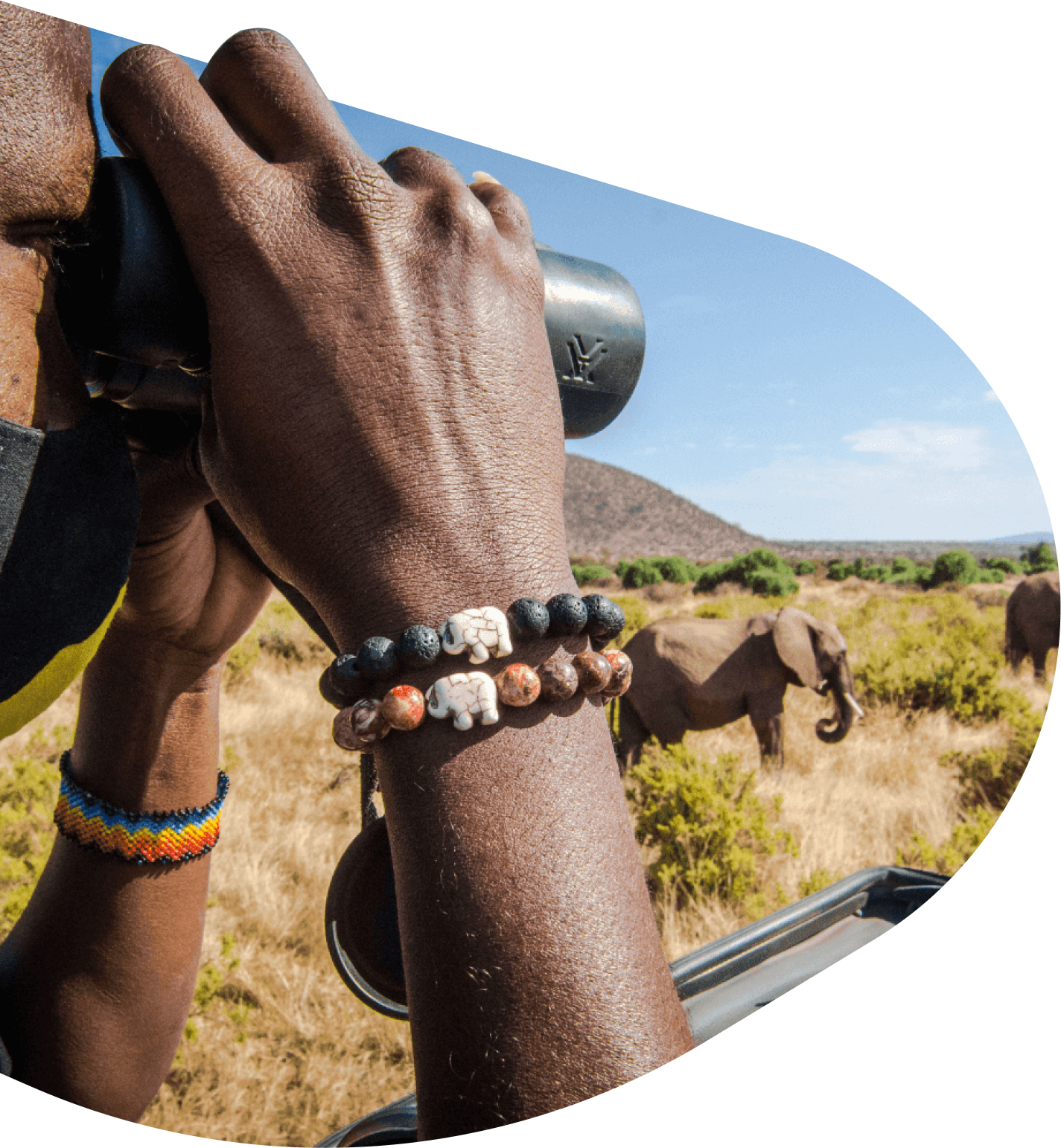
A portion of all Elephant Tracking Plush proceeds supports Save the Elephants and their research, habitat protection efforts, and local community education to help secure a future for our world’s largest land mammals.
One Small Plush.
One Big Mission.
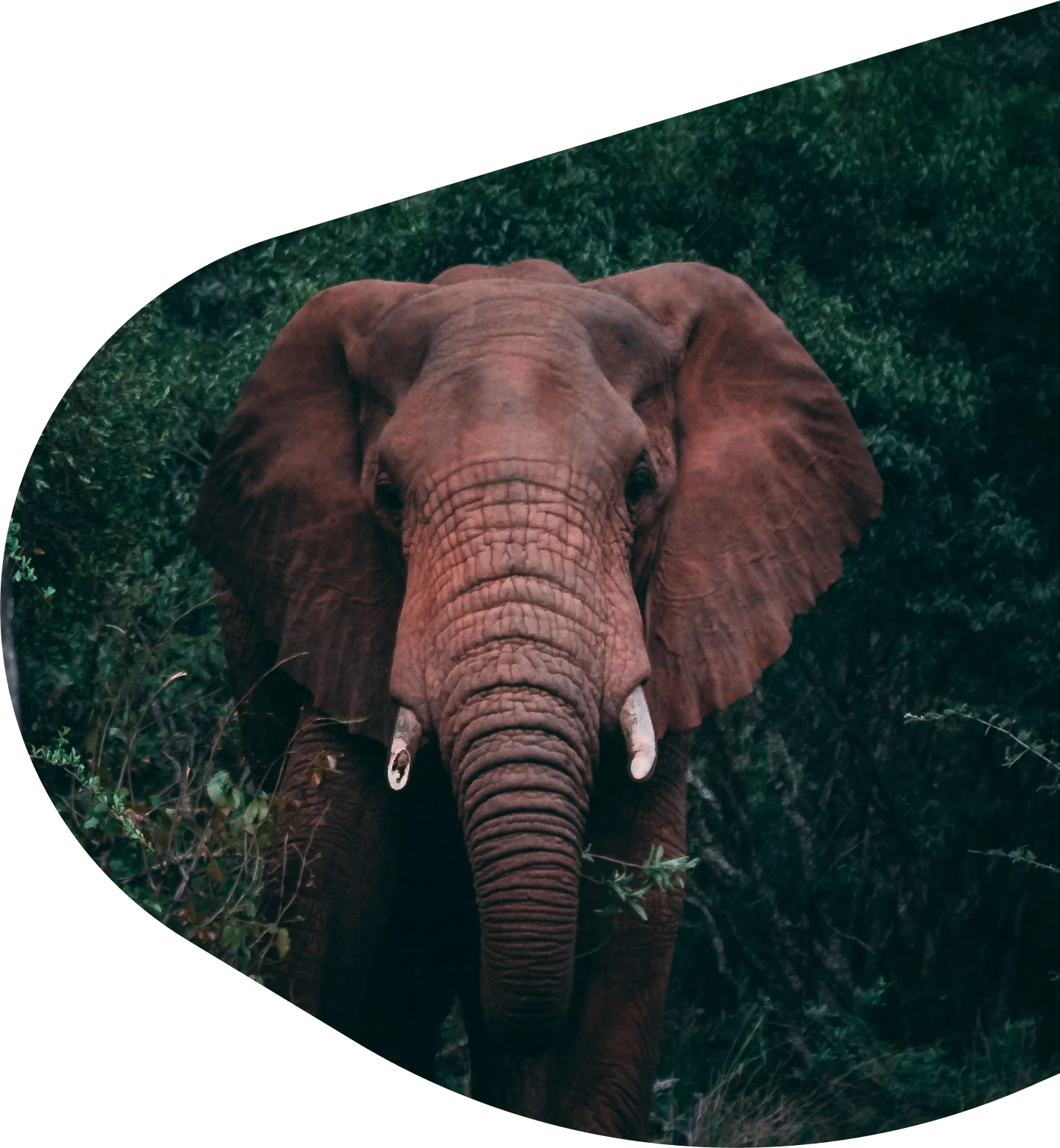
Common Questions

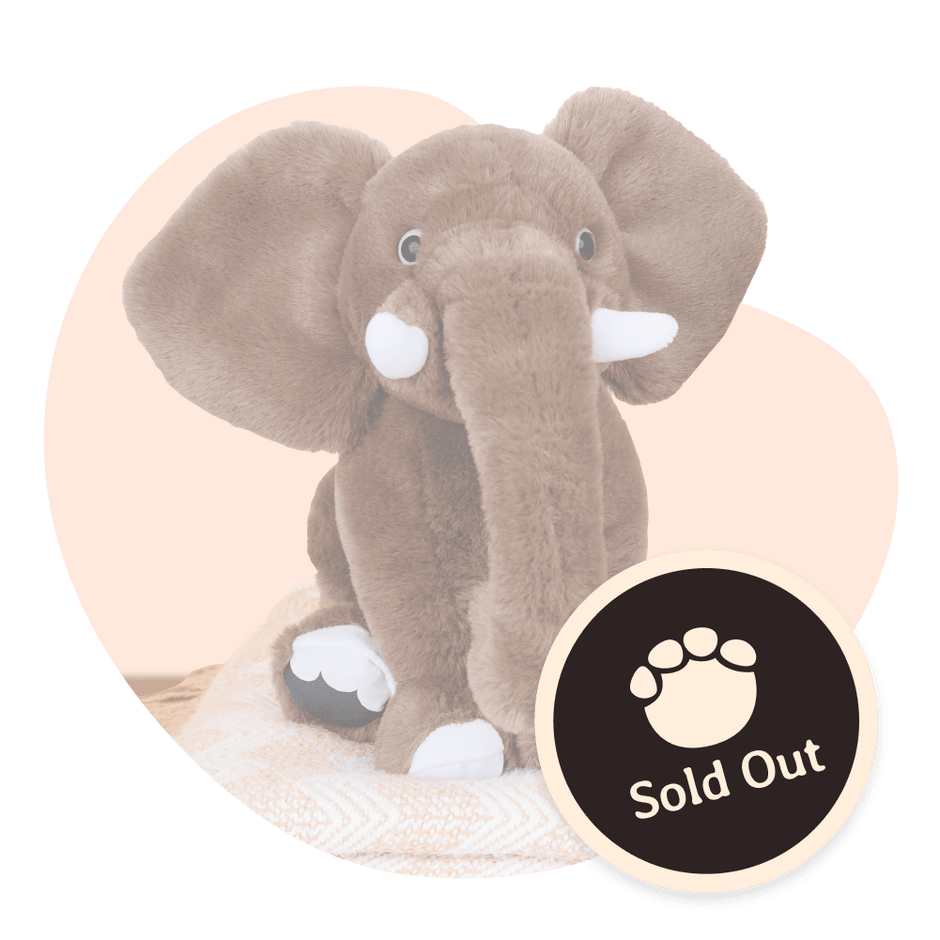
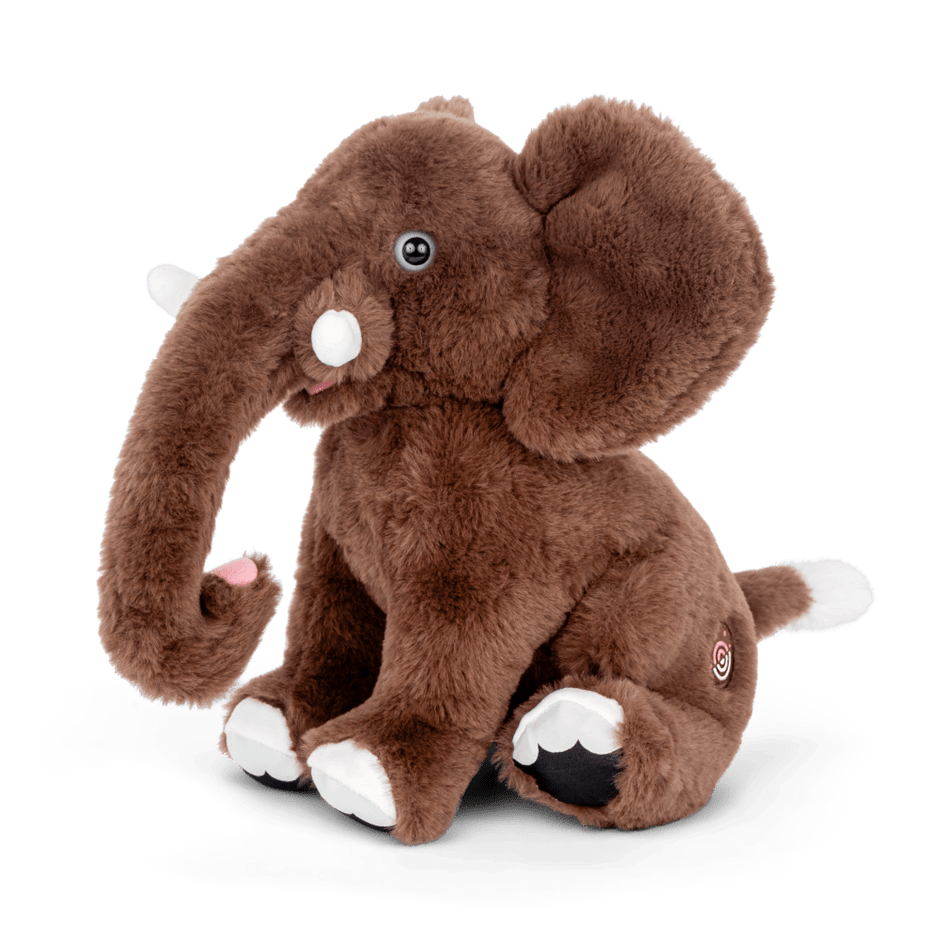
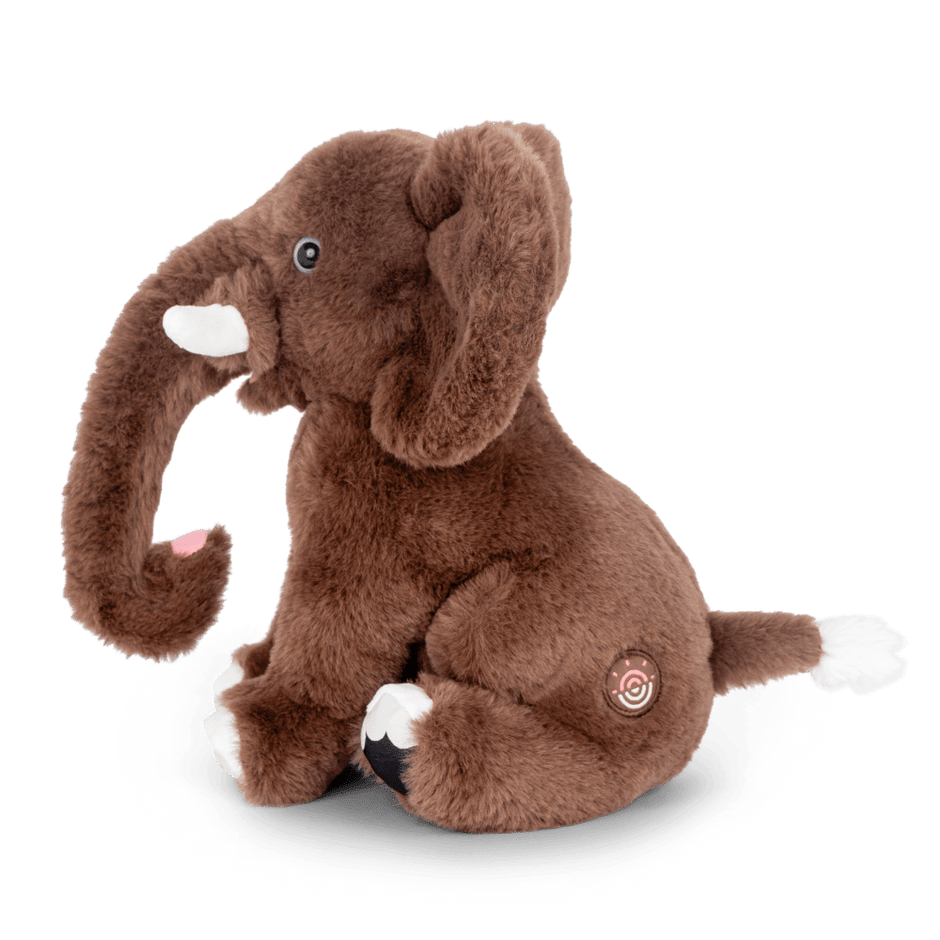
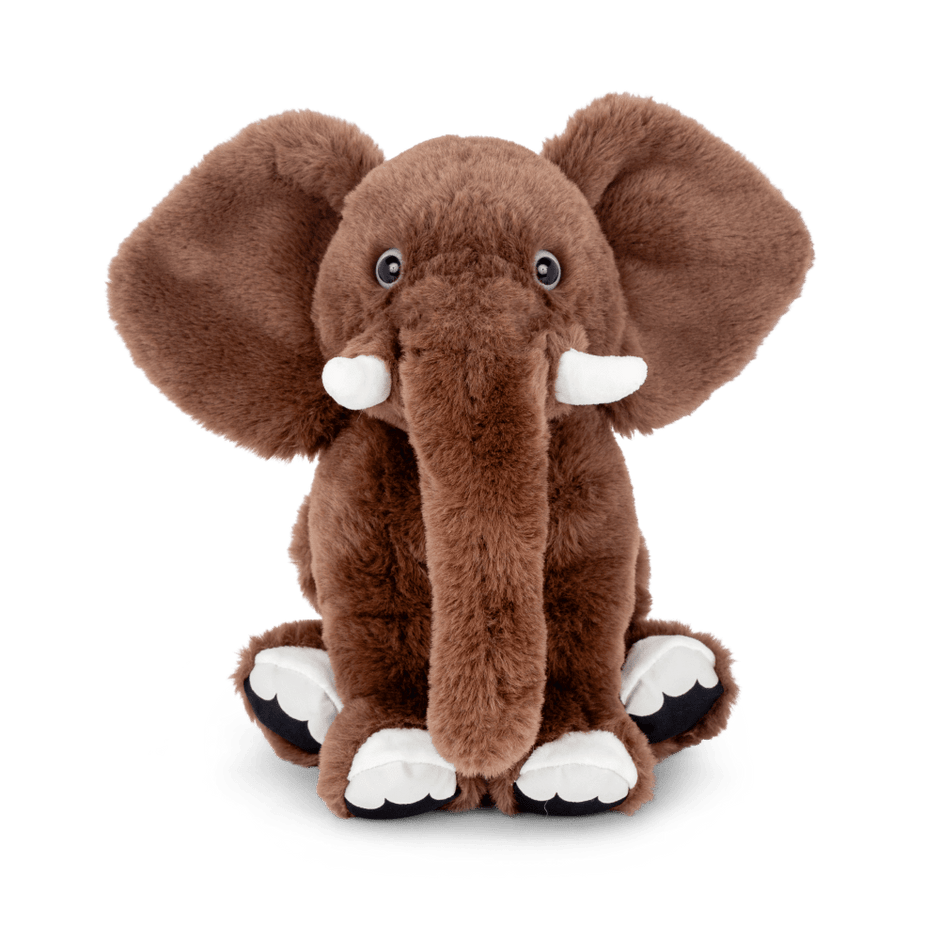
 Add 2 or more for free shipping
Add 2 or more for free shipping Every order supports
Every order supports  Filled with recycled water bottles
Filled with recycled water bottles Suitable for all ages
Suitable for all ages Size: 10"
Size: 10" SSL Secure Checkout
SSL Secure Checkout USA Only (for now!)
USA Only (for now!) Dedicated Customer Service
Dedicated Customer Service 100% Happiness Guarantee
100% Happiness Guarantee